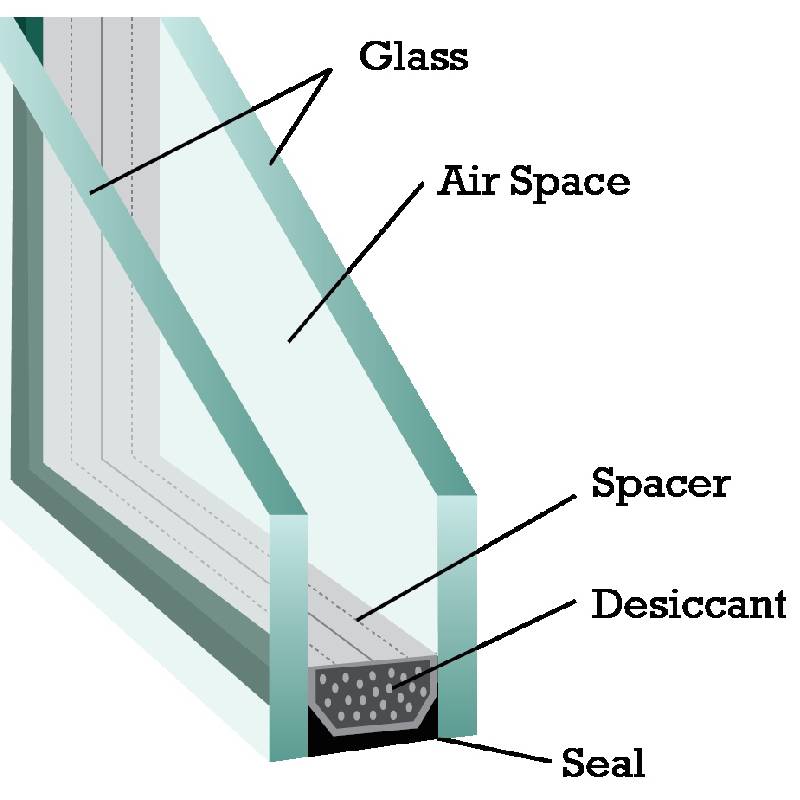

The Art and Science of Coloured Float Glass
Coloured float glass stands as a remarkable intersection between art and technology, offering a plethora of aesthetic and functional applications. Created through a meticulous process, coloured float glass has revolutionized the way we perceive and utilize glass in architectural, decorative, and industrial contexts.
The production of float glass involves a remarkable process where molten glass is floated on a bed of molten tin, resulting in a perfectly flat and smooth surface. The addition of metal oxides and other colouring agents during the manufacturing process allows for an infinite variety of hues and shades, catering to the demands and tastes of designers and architects alike. These components not only provide colour but also influence the glass's transparency, reflectivity, and UV filtering properties.
One of the key benefits of coloured float glass is its versatility. It is commonly used in building facades, windows, and interior design elements. Its ability to transmit light while filtering out harmful UV rays makes it an ideal choice for both residential and commercial buildings. Architects often leverage the interplay of light and colour to create stunning visual effects, transforming ordinary spaces into extraordinary experiences.

In addition to its architectural applications, coloured float glass has found its way into art and decorative items. Artists and designers utilize coloured glass to create stunning sculptures, decorative panels, and artifacts. The translucency and brilliance of coloured glass can enhance the aesthetic appeal of any piece, adding depth and character. Each item tells a story, capturing the eye and imagination of those who encounter it.
Another fascinating aspect of coloured float glass is its environmental impact. As the industry moves towards sustainability, manufacturers are increasingly investing in eco-friendly practices. The production process has evolved to minimize energy consumption and reduce waste, ensuring that the beautiful products we enjoy also contribute positively to our planet. Recyclability is another major advantage, as coloured glass can be melted down and reformed, reducing the demand for raw materials.
Furthermore, innovations in technology have led to the development of advanced coatings for coloured float glass. These coatings enhance the glass's functionality, providing additional benefits like increased energy efficiency and resistance to weathering. Such advancements broaden the scope of applications, pushing the boundaries of what coloured float glass can achieve.
In conclusion, coloured float glass is more than just a building material; it is a canvas for creativity and a testament to scientific ingenuity. Its vibrant colours and unique properties transform spaces, making them more inviting and dynamic. As we continue to explore and innovate within this realm, the possibilities seem endless—each pane of coloured float glass a reflection of human expression and ingenuity. Whether in an urban skyscraper or an artistic installation, coloured glass will undoubtedly continue to play a vital role in shaping our visual environment for years to come.